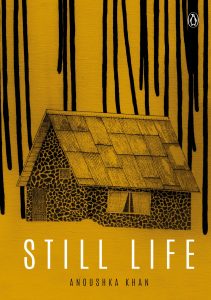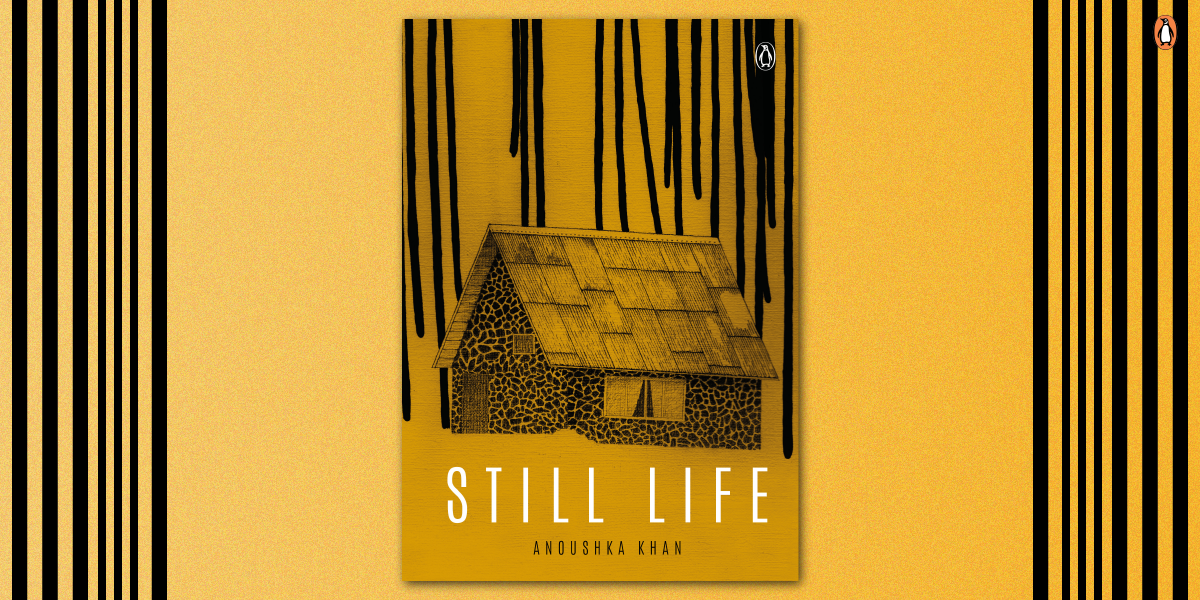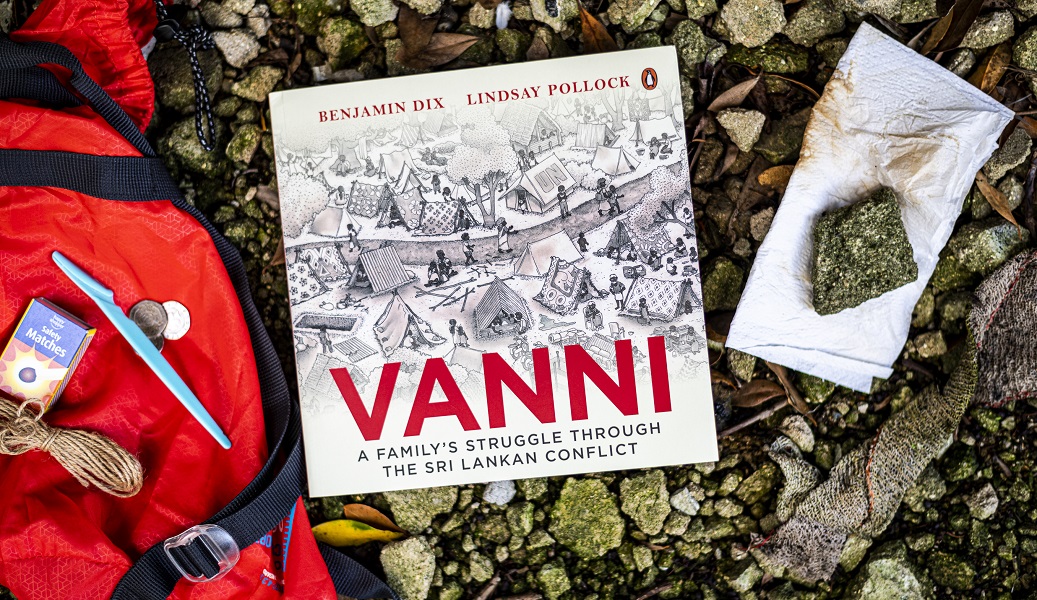Still Life, by Anoushka Khan is an experiment with visual storytelling, using pictures and words to create a world that is both unsettling and extraordinary. Part road trip, part existential thriller ,it seeks new ways to look at love, isolation, memory and loss, asking what connects us to each other and to the natural world, and how we are governed by impulse we barely understand.
Today we have a chat with the Anoushka to understand how she worked on this masterpiece, and her inputs!

When did the idea for this book first come to you?
I was doing the washing up a few years ago and I suddenly thought, I’ll do a novel with paintings! I’d seen that paintings with words scrawled on had the power to move me, as did children’s picture books, and I wanted to recreate that simplicity and intensity.
What is your writer-(and illustrative) routine?
I’m lucky enough to have a home office; I shut the door, look at the artwork I’ve already made as a run-up, and then dive in. I only really get snatched hours here and there.
Was there a different element or zone you had to bring yourself to whenever you’d get down to work on this book?
The only way I can work is with my headphones on playing music—it shines a mental spotlight on the work and makes everything else disappear. I feel like music made this book, it’s far and away the biggest influence on my work.
What was the most challenging, and was the most rewarding experience of this project?
The most challenging aspect was probably my relative ineptitude with technology; I don’t know how many hours I spent trying to figure out how to lasso images in Photoshop or compress PDFs or whatnot. The most rewarding? A couple of people I know nearly cried when they read the book. I was so happy that it made a mark.
What is one thing you would, and one thing you wouldn’t recommend to anyone wanting to work on a book?
Enjoy getting lost in the process, rather than looking to the horizon. Try not to compare your work to others.
How difficult was it to illustrate such dark and complex emotions?
It’s really useful to be able to deploy words as well as images to convey mood or tone, and in some ways you can use one to balance out the other. And you can make it cinematic: focus on the character’s feet or a bowl of fruit while a particularly disturbing train of thought or difficult conversation is taking place. There is a darkness that permeates the book, but it’s from melancholy and mystery rather than bleakness—I think that would be much more difficult to sustain.








